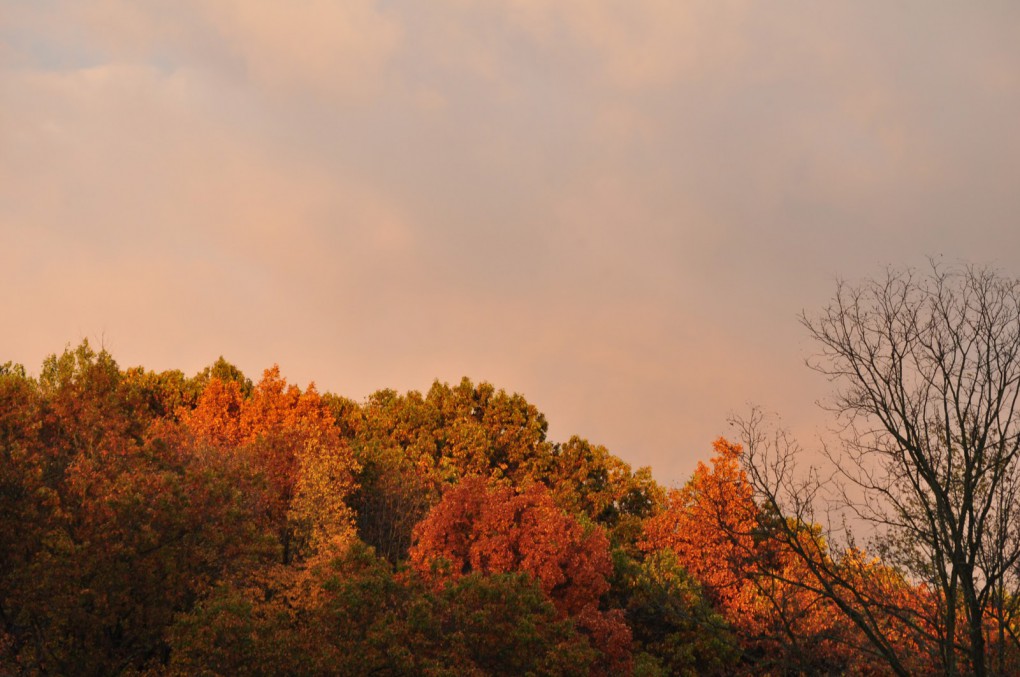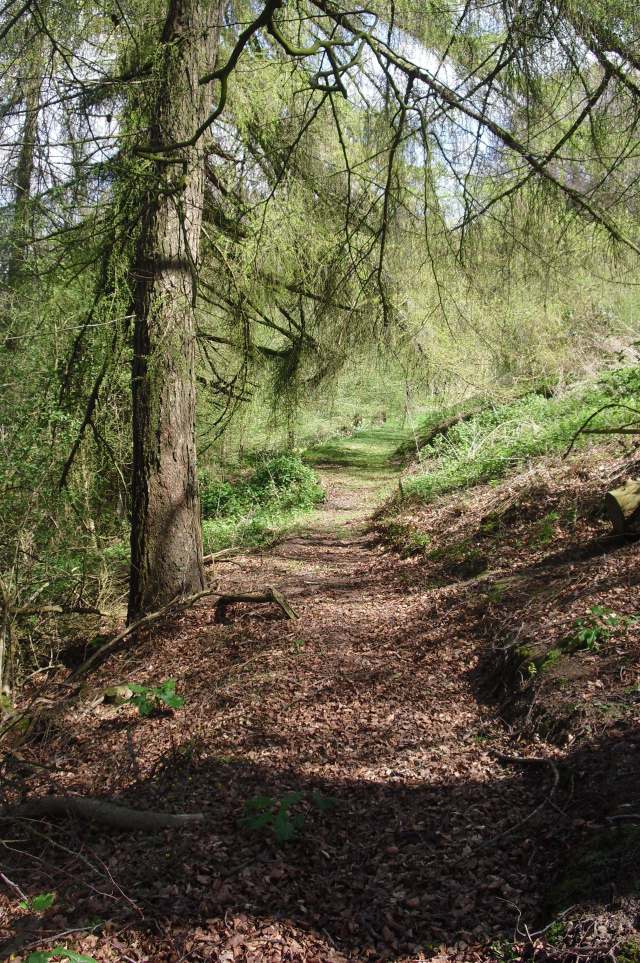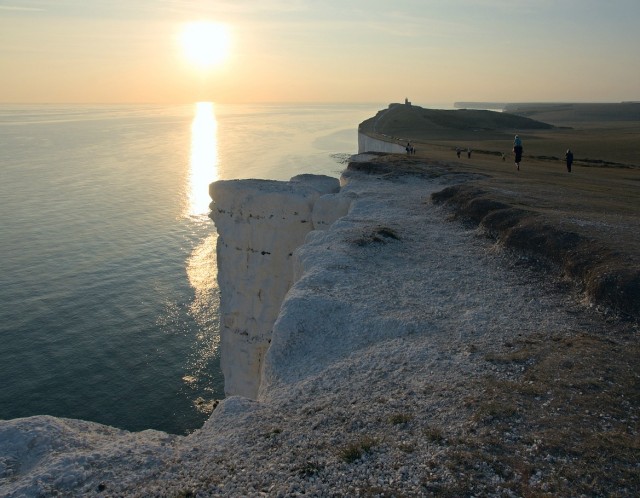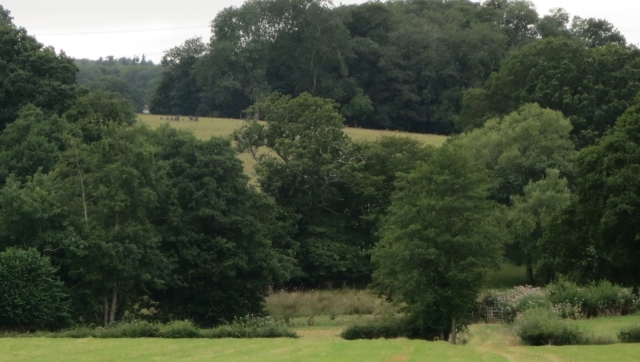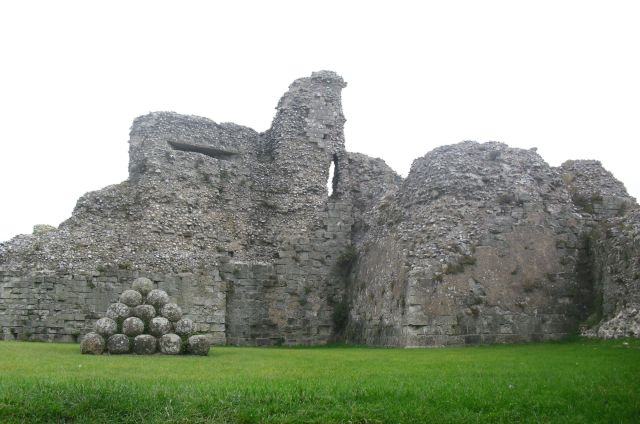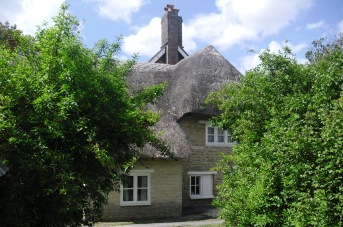SIMON COLEMAN
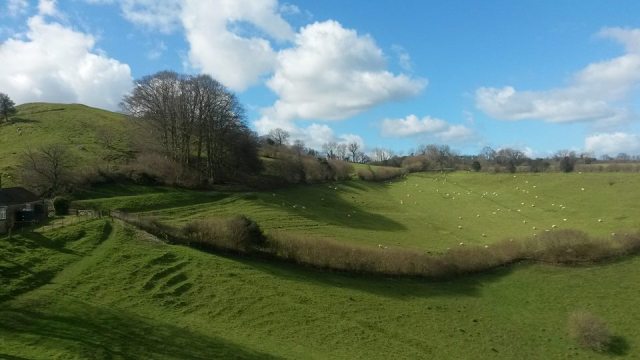
Photo by Rebecca Welshman
When Richard Jefferies describes his move to Surrey in his autobiography, ‘The Story of My Heart’, he alludes briefly to the meadows and woods which he wrote about at length in earlier works. This landscape was obviously pleasing to him but he follows this with a powerful sentence that struck me with its sense of loving and profound reminiscence:
‘Hills that purify those who walk on them there were not’.
Hills play a prominent part in ‘The Story of My Heart’ which begins with Jefferies’ memorable ascent of Liddington Hill near his childhood home in north Wiltshire. As those passages have been much-quoted by others, I searched for a hill-ascent description from a less familiar work by Jefferies. This passage is from a manuscript, unpublished in his lifetime but included in S.J. Looker’s ‘Chronicles of the Hedges’ anthology.
‘It is the place of its growth which makes the wild thyme sweet. The labour of the ascent—the panting chest and quickened pulse—increases the pleasure of finding it. Up the long slope, over the turf, up till the strong air, inflating the chest, seems as if it would stretch the very bones: always upwards; but the grey bees win in this race and pass to the front easily. At each step the yoke of artificial life lightens on the shoulder; and at the summit falls away. The heart beats faster, being free; and the mind opens to the opening horizon. So intimately are the body and the mind bound together that, as the one climbs, the other aspires; and, on the ridge, we walk on a level above our old selves left beneath us.’
This might also be Liddington but we don’t know – and it doesn’t matter. These are the chalk hills, the downs, where the wild thyme flourished in thick bunches. The beautiful flower, with its magical, fresh scent became for Jefferies a symbol for a deeper, more aspiring, and more spiritual life. ‘It is the place of its growth which makes the wild thyme sweet’. The flower and the landscape act together, inspiring him to the physical effort of the climb. The scent of moving air on these hills was, he tells us, ‘like an apple fresh plucked’. The mind and body respond in equal measure and the inner places of the heart open to absorb the beauty and freedom of the experience. The ‘artificial life’ of houses and bustling towns shrinks to insignificance. The green ridges, the slowly curving horizons, the thyme and the rushing wind are true purifiers – of the mind, body and heart.
While the downs were the English hill ranges that he knew best, we should not neglect his writing on other upland areas where he spent time walking and thinking. His 1882 expedition to Somerset, taking in Exmoor and the Quantock hills, produced some more fine prose.
‘From the Devon border I drifted like a leaf detached from a tree, across to a deep coombe in the Quantock Hills. The vast hollow is made for repose and lotus-eating; its very shape, like a hammock, indicates idleness. There the days go over noiselessly and without effort, like white summer clouds. Ridges each side rise high and heroically steep—it would be proper to set out and climb them, but not to-day, not now: some time presently…. Yonder, if the misty heat moves on, the dim line of Dunkery [hill] winds along the sky, not unlike the curved back of a crouching hare. The weight of the mountains is too great—what is the use of attempting to move? It is enough to look at them.’
He communicates a wonderful sense of repose and contentment within the landscape. There is no need here for an energetic climb to a summit to escape the artificiality of daily life. His explorations of nearby Exmoor were documented in his 1884 book, ‘Red Deer’. There he found that the vast expanses of heather moorland almost overwhelmed the eye’s sense of relative distance.
‘The eye had nothing to rest on; it kept travelling farther, and whichever way I turned still there was the same space. It was twenty miles to the white cloud yonder looking through the air, and so it was twenty miles to the ridge, not the farthest, under it. The moor undulated on, now a coombe, now a rise, now pale grey-green where the surface had been burnt, and then dark where the heather was high; the moor undulated on, and it was twenty miles to the ridge and twenty to the cloud, and there was nothing between me and the cloud and the hill. A noise of thunder came, weary and travelling with difficulty. I glanced round; I could not see any cloud of thunderous character. How far could it have come? In enclosed countries thunder is not heard more than ten miles, but at this height — this seemingly level moor is twelve hundred feet above the sea — it may come how far?’
As he did on the chalk downs, Jefferies encountered on Exmoor that sense of infinite space produced by gently rolling uplands, though here the effect might have been increased due to the much greater height of the moorland. Every hill range I have visited has impressed upon me its special character in its shape, proportions, colours, as well as more intangible qualities. These are not always easy to define: words such as ‘nobility’, ‘mystery’, ‘boldness’ only partially capture these elusive essences. And, not surprisingly, Jefferies sought out the magical spirit of the hills.
Late in his life, when he unexpectedly moved to the heavily forested high weald of Sussex, he experienced an unusually hard winter.
‘Harder and harder grew the frost, yet still the forest-clad hills possessed a something that drew the mind open to their largeness and grandeur.’ (‘Hours of Spring’)
Some silent mysterious quality lingers over many hill ranges. Returning to the Wiltshire downs, Jefferies reminisces in ‘The Pageant of Summer’: ‘There was a presence everywhere, though unseen, on the open hills…’ In ‘On the Downs’ he finds expression for this mysterious ‘presence’ that hovers at the edges of awareness. He imagines that ‘deeper, wider thoughts’ might await us just over the horizon of our consciousness.
‘The blue hill line arouses a perception of a current of thought which lies for the most part unrecognized within – an unconscious thought. By looking at this blue hill line this dormant power within the mind becomes partly visible; the heart wakes up to it.’
The downs he knew in his youth were also heavily marked by the relics of much earlier civilizations. Tumuli, stone circles, hill forts and ancient trackways suggested a network of forgotten knowledge, of subtle connections between the landscape and the world of the dead – the ancestors. Jefferies once described the downs as being ‘alive with the dead’ and, by the side of a tumulus, he imagines the vigorous life once enjoyed by the warrior interred there (‘The Story of My Heart’, chapter 3). All this is evidence that he perceived the links between life, death and landscape.
With their beauty and free, open spaces, the unspoilt hill ranges inspire the body and the mind to a greater activity and a wider perception. With their undulations and varying horizons they induce calmer and deeper thoughts outside the commonplace concerns of society. And, when these wilder regions with their narrow paths and ancient landmarks become familiar to the walker, then the imagination begins to wander back through time, feeling into the lives of earlier peoples who saw the role of humans in a landscape in terms very different to those of our modern world. Jefferies wanted to ‘free thought from every trammel’ and I am in no doubt that his wanderings on the hills gave him the belief that this was possible.
I’ll end with a short quote from Jefferies’ essay, ‘To Brighton’, which gives an account of a train journey from London to Brighton. Two sentences that perhaps encapsulate his special affinity with the English chalk downs, in this case the South Downs. ‘A breeze comes in at the carriage window – a wild puff, disturbing the heated stillness of the summer day. It is easy to tell where that came from – silently the Downs have stolen into sight.’
